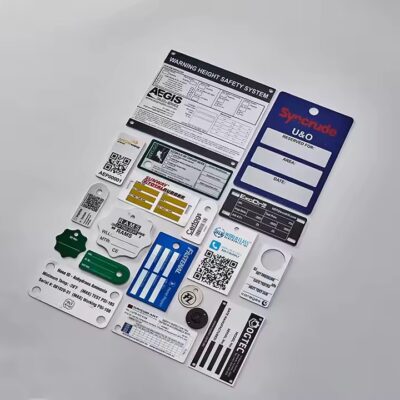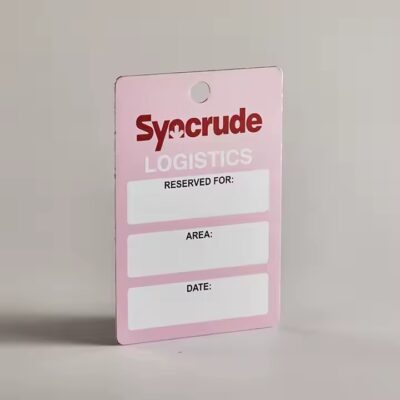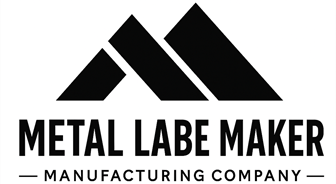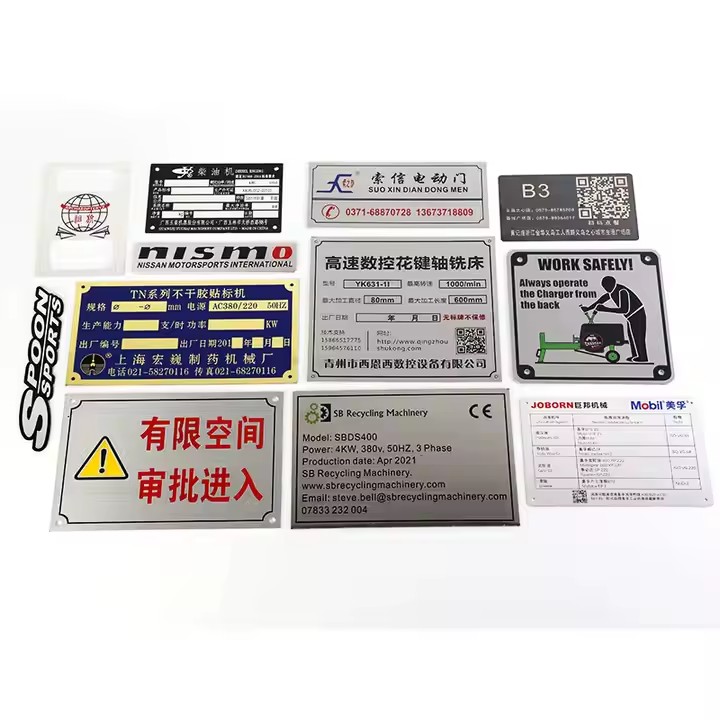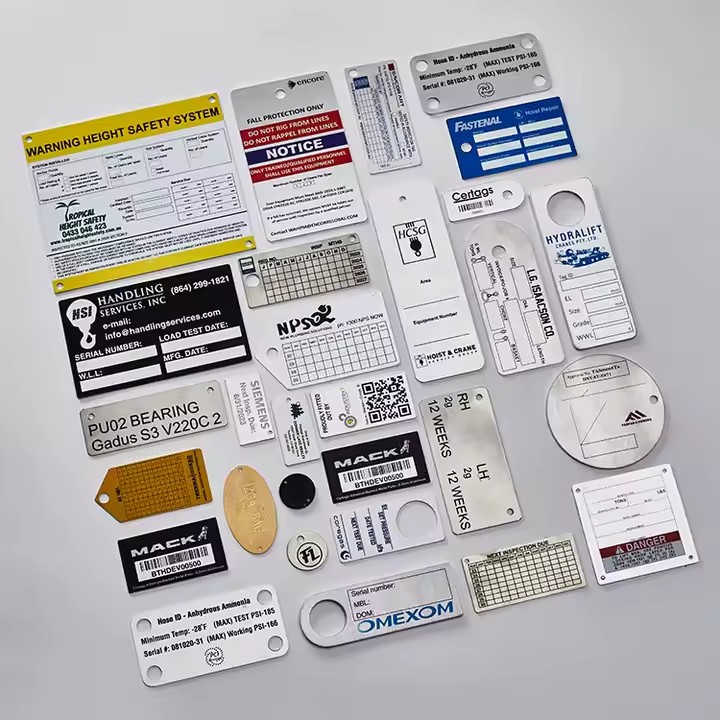Common Materials for Industrial Metal Labels and Performance Comparison
Choosing the right material for industrial metal labels is critical to ensure durability, longevity, and effectiveness in harsh working environments. Industrial metal labels are used across a variety of sectors including manufacturing, automotive, aerospace, and electronics, where environmental conditions can be demanding. This article explores the most common materials used for industrial metal labels and compares their key performance characteristics to help you make an informed decision.
1. Stainless Steel
Overview
Stainless steel is one of the most popular materials for industrial metal labels due to its excellent corrosion resistance and mechanical strength. It is an alloy primarily composed of iron, chromium, and sometimes nickel.
Performance
-
Durability: Extremely high, resists scratches and deformation
-
Corrosion Resistance: Excellent, especially in harsh chemical or marine environments
-
Temperature Tolerance: Can withstand very high temperatures (up to 870°C / 1600°F)
-
Cost: Moderate to high, depending on grade
2. Aluminum
Overview
Aluminum is lightweight, corrosion-resistant, and cost-effective, making it a common choice for industrial metal labels that require good environmental resistance without heavy weight.
Performance
-
Durability: Good, though softer than stainless steel and prone to dents
-
Corrosion Resistance: Very good, naturally forms a protective oxide layer
-
Temperature Tolerance: Moderate, typically up to 400°C (752°F)
-
Cost: Generally lower than stainless steel
3. Brass
Overview
Brass, an alloy of copper and zinc, is valued for its attractive appearance and good corrosion resistance. It is often used in decorative or branding labels as well as in some industrial applications.
Performance
-
Durability: Moderate, softer metal that can scratch or dent more easily
-
Corrosion Resistance: Good, but can tarnish over time if not properly coated
-
Temperature Tolerance: Moderate, generally up to 300°C (572°F)
-
Cost: Moderate
4. Anodized Aluminum
Overview
Anodized aluminum undergoes an electrochemical process that thickens its natural oxide layer, enhancing corrosion resistance and surface hardness.
Performance
-
Durability: Improved compared to regular aluminum, with increased scratch resistance
-
Corrosion Resistance: Excellent, especially in outdoor environments
-
Temperature Tolerance: Similar to aluminum, up to 400°C (752°F)
-
Cost: Slightly higher than standard aluminum due to processing
5. Copper
Overview
Copper offers excellent electrical conductivity and antimicrobial properties, sometimes used in specialized industrial applications.
Performance
-
Durability: Moderate, relatively soft and prone to scratching
-
Corrosion Resistance: Good, but oxidizes to develop a patina
-
Temperature Tolerance: Moderate, up to 400°C (752°F)
-
Cost: Higher than aluminum, often comparable to brass
Performance Comparison Summary
| Material | Durability | Corrosion Resistance | Temperature Tolerance | Cost |
|---|---|---|---|---|
| Stainless Steel | Excellent | Excellent | Up to 870°C (1600°F) | Moderate-High |
| Aluminum | Good | Very Good | Up to 400°C (752°F) | Low |
| Brass | Moderate | Good | Up to 300°C (572°F) | Moderate |
| Anodized Aluminum | Improved | Excellent | Up to 400°C (752°F) | Moderate |
| Copper | Moderate | Good | Up to 400°C (752°F) | Moderate-High |
Conclusion
Selecting the right material for your industrial metal labels depends largely on your specific application requirements, including environmental exposure, mechanical stress, and budget. Stainless steel remains the top choice for demanding conditions requiring maximum durability and corrosion resistance, while aluminum and its anodized form offer a lightweight, cost-effective alternative. Brass and copper are suitable for decorative or specialized industrial uses where aesthetics or conductivity matter.
Understanding these material properties ensures you choose industrial metal labels that perform reliably throughout your asset’s lifecycle.
